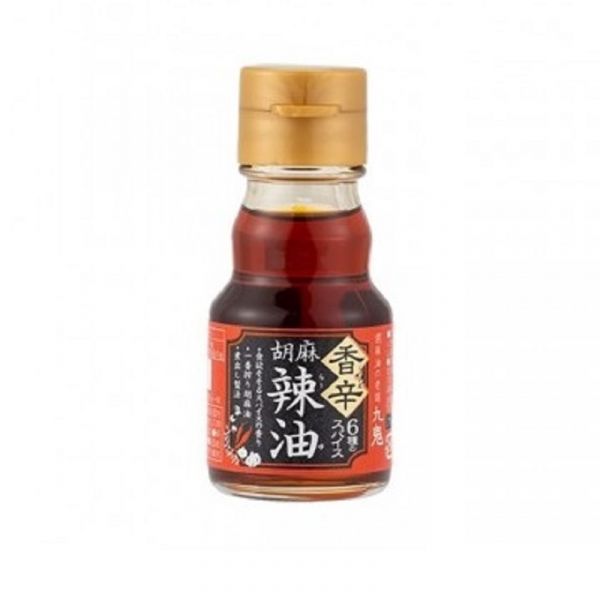
How to Cook with Umami Ra-yu Sauce?
Add a touch of Ra-yu to your soups, broths, or sauces for a hint of heat and a deep, flavorful taste. It’s perfect for pairing with noodles, dumplings, Chinese ravioli, or sushi. Use it as a base for marinades for meat, fish, or vegetables, or mix it into dressings for spicy salads.
Recipe Ideas with Umami Ra-yu Sauce
- Stir-Fried Noodles with Ra-yu: Stir-fry noodles with crunchy vegetables, a splash of soy sauce, and a generous amount of Ra-yu sauce;
- Ra-yu Marinated Chicken: Combine Ra-yu sauce with yogurt, honey, and herbs for a flavorful marinade for grilled or roasted chicken;
- Salmon Tartare: Mix a spoonful of Ra-yu sauce into a raw fish tartare with a bit of lime juice, soy sauce, and avocado.
The Complex Flavors of Umami Ra-yu Sauce
Ra-yu sauce is defined by its contrasting flavor profile. Red chili and Szechuan pepper provide a spicy heat, while garlic and black pepper add deep, savory notes. Chinese star anise lends a subtly aromatic, anise-like touch, perfectly balancing the chili's heat. Sesame oil offers a smooth and creamy base, while leeks add a fresh and slightly sweet dimension.
What Does "Ra-yu" Mean?
The term Ra-yu (辣油) originates from Chinese, where "辣" means spicy, and "油" means oil. Literally, Ra-yu translates to "spicy oil."
| Price/kg | 0 |
|---|---|
| Allergen | Sésame / Sesame |
| Ingredients | SESAME oil, red hot pepper, Sichuan pepper, garlic, black pepper, |
| leek, star anise. | |
| Nutritional Info | VN Energie pour 100 g (energy for 100g) : 3766 kJ / 900 kcal VN Matière grasse (fat) : 100 g Dont acide gras saturés (of which saturated fat) : 14.2 g VN Glucides (carbohydrate) : 0 g Dont sucres (of which sugars) : 0 g VN Protéines (protein) : 0 g Vn Sel (salt) : 0 g |
| Contenance | 45g |
 Français
Français 


